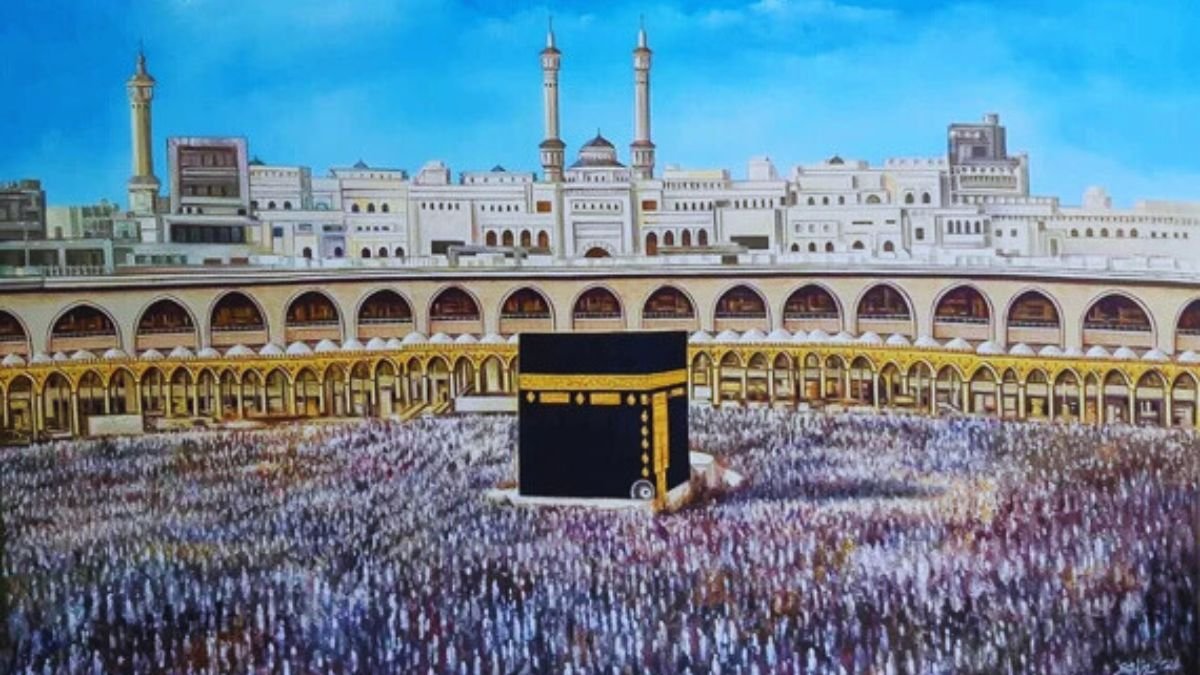Madinah Honored as a ‘Healthy City’ by World Health Organization
The second holiest city in Islam meets rigorous global standards for urban health and quality of life, aligning with Saudi Arabia's Vision 2030 goals.

Madinah, Saudi Arabia – The World Health Organization (WHO) has officially recognized Madinah, the second holiest city in Islam, as a ‘Healthy City’. This prestigious accreditation was confirmed after the city successfully met the comprehensive standards set by the global health body, scoring 80 points in its evaluation.
According to the Saudi Press Agency, the official certificate of recognition was presented by Health Minister Fahd Al-Jalajel to Madinah’s Governor, Prince Salman bin Sultan, during a special ceremony held on Thursday.
Speaking at the event, Prince Salman highlighted the significance of the achievement. “This recognition for Madinah is incredibly important,” he stated. “It reflects the commitment of the Saudi government to improving the quality of life for its people and showcases our dedication to creating healthier communities.”
He further added that Madinah is emerging as a developmental model both regionally and internationally, a progress that directly reflects the ambitious targets of the Saudi Vision 2030 plan. With this accreditation, Madinah becomes the second-largest healthy city in the Middle East, following Jeddah.
What It Takes to Be a ‘Healthy City’
To earn the WHO’s ‘Healthy City’ status, a city must successfully implement and meet 80 distinct criteria focused on improving public health and well-being. These standards cover a wide range of urban planning and community health initiatives, including:
The development of green spaces like parks.
The creation of dedicated pedestrian-friendly walkways.
Easy access to primary healthcare centers.
Promoting health awareness and education through schools.
This achievement is part of a broader national effort in Saudi Arabia to enhance urban living standards. To date, 14 other cities in the Kingdom have also received this WHO recognition, including Taif, Tabuk, Ad-Diriyah, Unaizah, Jalajel, Al-Mandak, Al-Jumum, Riyadh Al-Khubara, and Sharurah.
About Madinah: A City of Faith and History
Also known as Madinah Al-Munawwarah (“The Luminous City”), Madinah is a sacred city located in the Hejaz region of Saudi Arabia. It holds profound religious importance as the place where the Prophet Muhammad spent the final years of his life and established the first Muslim community.
The city is home to Al-Masjid an-Nabawi (the Prophet’s Mosque), one of the most significant pilgrimage sites in Islam. Within the mosque lies the Prophet’s tomb, known as the Rawdah-e-Rasool. This deep historical and religious significance makes Madinah a major destination for millions of Hajj and Umrah pilgrims every year.
Located approximately 340 kilometers north of Makkah, the modern city of Madinah has been thoughtfully developed to cater to the needs of its residents and the millions of pilgrims who visit, blending its sacred heritage with contemporary, health-conscious urban infrastructure.
Subtitle: The second holiest city in Islam meets rigorous global standards for urban health and quality of life, aligning with Saudi Arabia’s Vision 2030 goals.
Madinah, Saudi Arabia – The World Health Organization (WHO) has officially recognized Madinah, the second holiest city in Islam, as a ‘Healthy City’. This prestigious accreditation was confirmed after the city successfully met the comprehensive standards set by the global health body, scoring 80 points in its evaluation.
According to the Saudi Press Agency, the official certificate of recognition was presented by Health Minister Fahd Al-Jalajel to Madinah’s Governor, Prince Salman bin Sultan, during a special ceremony held on Thursday.
Speaking at the event, Prince Salman highlighted the significance of the achievement. “This recognition for Madinah is incredibly important,” he stated. “It reflects the commitment of the Saudi government to improving the quality of life for its people and showcases our dedication to creating healthier communities.”
He further added that Madinah is emerging as a developmental model both regionally and internationally, a progress that directly reflects the ambitious targets of the Saudi Vision 2030 plan. With this accreditation, Madinah becomes the second-largest healthy city in the Middle East, following Jeddah.
What It Takes to Be a ‘Healthy City’
To earn the WHO’s ‘Healthy City’ status, a city must successfully implement and meet 80 distinct criteria focused on improving public health and well-being. These standards cover a wide range of urban planning and community health initiatives, including:
The development of green spaces like parks.
The creation of dedicated pedestrian-friendly walkways.
Easy access to primary healthcare centers.
Promoting health awareness and education through schools.
This achievement is part of a broader national effort in Saudi Arabia to enhance urban living standards. To date, 14 other cities in the Kingdom have also received this WHO recognition, including Taif, Tabuk, Ad-Diriyah, Unaizah, Jalajel, Al-Mandak, Al-Jumum, Riyadh Al-Khubara, and Sharurah.
About Madinah: A City of Faith and History
Also known as Madinah Al-Munawwarah (“The Luminous City”), Madinah is a sacred city located in the Hejaz region of Saudi Arabia. It holds profound religious importance as the place where the Prophet Muhammad spent the final years of his life and established the first Muslim community.
The city is home to Al-Masjid an-Nabawi (the Prophet’s Mosque), one of the most significant pilgrimage sites in Islam. Within the mosque lies the Prophet’s tomb, known as the Rawdah-e-Rasool. This deep historical and religious significance makes Madinah a major destination for millions of Hajj and Umrah pilgrims every year.
Located approximately 340 kilometers north of Makkah, the modern city of Madinah has been thoughtfully developed to cater to the needs of its residents and the millions of pilgrims who visit, blending its sacred heritage with contemporary, health-conscious urban infrastructure.






